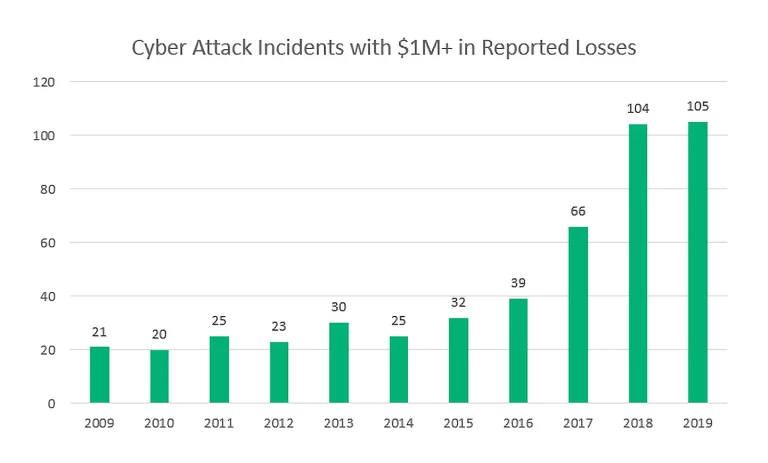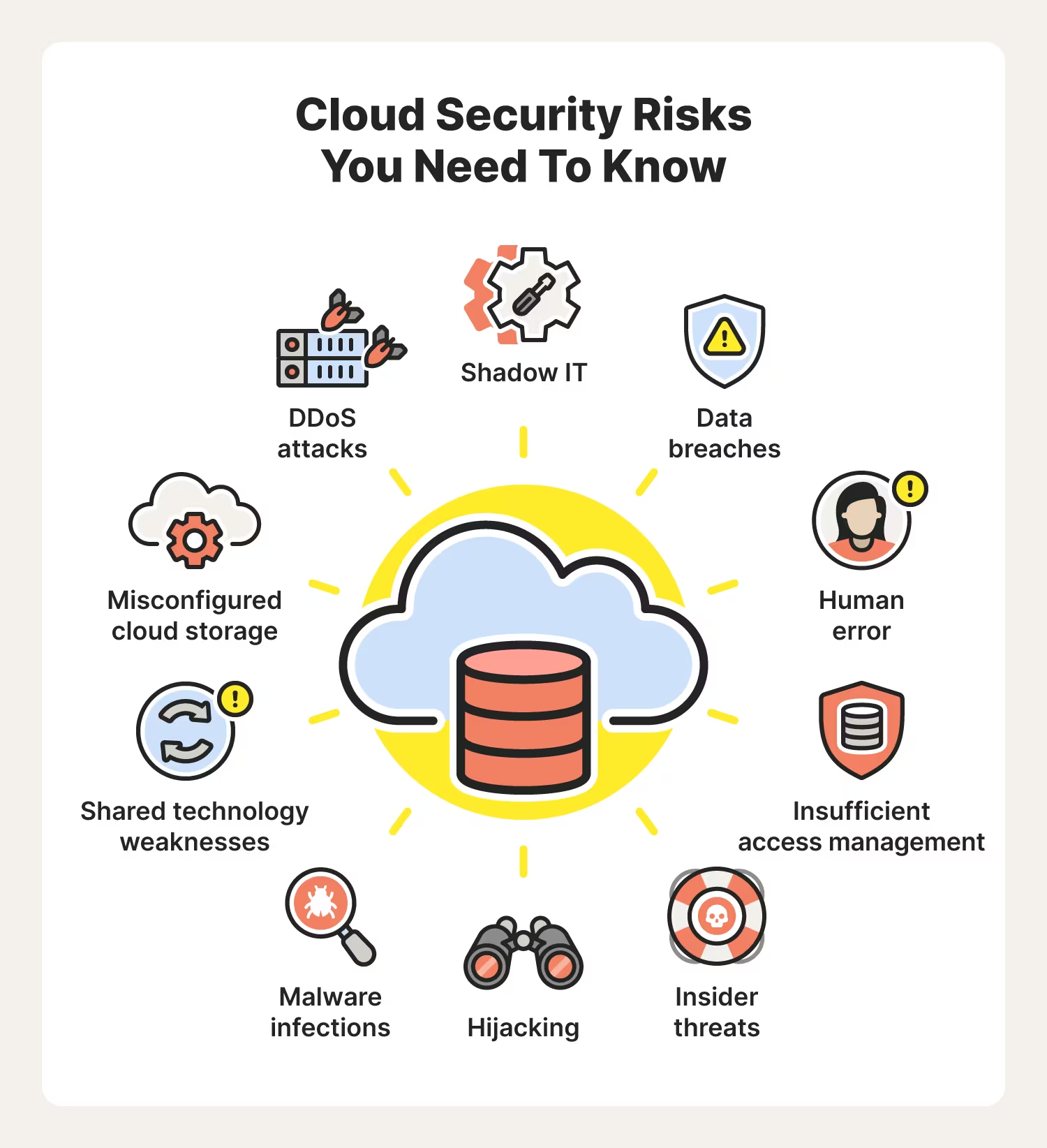The 5 Biggest Mistakes Companies Make When Securing Their Cloud Systems
Companies are increasingly adopting hybrid or cloud solutions as a way to enhance collaboration, security, and scalability, while also enabling employees to work remotely.
The benefits of moving data onto the cloud are clear, yet this doesn’t mean there aren’t some risks involved with such a switch. Many organizations are prone to critical mistakes when securing their cloud systems— mistakes that could threaten their business.
Here are the five most common slip-ups that occur when securing cloud systems.
1. Assuming the Cloud Provider is Solely Responsible for Security
When you sign up with a cloud provider, you will be asked to agree to their terms. It’s important to read these terms thoroughly, as they lay out the cloud provider’s security responsibilities versus your own. Cloud providers most commonly use a “shared responsibility” model, whereby users take on the majority of the “share”.
Many companies don’t understand this and believe their public infrastructure-as-a-service (IaaS) provider is responsible for securing customer data in the public cloud, security applications, and systems. Yet these security functions are the customer’s responsibility.
If you want to leverage the public cloud to accelerate your business initiatives, then you need to be aware of your security responsibilities and invest in the right tools to protect your employees, customers, and data.
2. Failing to Implement the Cloud Provider’s Native Security Controls
According to Gartner, through 2025 99% of cloud security failures will be on the customer, with misconfigurations and mismanagement being the top reasons.
IaaS providers such as Amazon, Microsoft, and Google protect the security of their physical data centers and the virtual machines’ server hardware. However, it is you, the customer, who needs to protect the applications. Cloud providers offer tools to secure customer workloads, but the administrator must put in place the necessary defenses.
Another way companies fail to implement the right native security controls involves multi-factor authentication (MFA), which most cloud providers offer. When turned on, it adds an extra step of verification to access apps, meaning that a hacker won’t be able to gain access even if they find out your password. This is why organizations should always have MFA turned on, especially for mission-critical systems that, if compromised, could result in severe losses.
3. Not Restricting Access Permissions
Most companies have policies in place that establish user access privileges. But if you don’t orchestrate and automate these procedures, you can never adequately enforce them. This is why identity and access management (IAM) is essential.
An IAM solution allows IT administrators to manage users’ digital identities and access privileges securely and effectively. By using IAM, administrators can set up and modify user roles, track and report user activity, and enforce compliance policies to protect data security and privacy.
If you’re using cloud and hybrid environments, then you need to use another IAM solution, known as cloud infrastructure entitlement management (CIEM) to manage access privileges. This is a software solution that implements the principle of least privilege in cloud environments, thereby limiting access to resources on an as-needed basis.
With no entitlement restrictions in place, cybercriminals can easily access and steal sensitive information.
4. A Lack of Comprehensive Security Training
Every organization, whatever the size, should make sure it has security experts who are aware of the most effective and up-to-date cybersecurity practices. However, it’s crucial to remember that preventing data breaches is everyone’s responsibility. For example, developers need training from the security team to ensure they’re following the proper security protocols when working with the cloud and not creating any unnecessary risks.
It’s important, though, for all teams within an organization to be aware of the fundamentals of cybersecurity and understand the latest tactics that threat actors use to try to gain access to the cloud. Social engineering tactics, for instance, can catch anyone off guard. But if you know basic things like not to click on suspicious-looking links in emails, even from an apparently legitimate source, then you can avoid a potentially costly security incident.
You can make sure that your employees know security best practices and avoid errors through regular training sessions that are tailored to the needs of departments. Also, monitor what users are doing in the cloud environment to identify any risky behavior that requires further education or training.
5. Not Updating Security Policies forNew Cloud Services
It used to be the case that organizations focused on storage as the main cloud option. But now the options have expanded: you can utilize cloud-based CRM systems, collaboration tools, and test and development environments.
But you need to be careful with these uses of the cloud, as your security policies and procedures need to adjust to the new workloads. Otherwise, you’ll find it difficult to keep data under control and guarantee its security and privacy.
You should create new policies on secure usage of cloud applications or update existing ones. For instance, plan which measures you will implement to mitigate risks linked to collaboration tools (this might involve monitoring user activities to quickly detect and take clear action against abnormal behavior).
Trying to enhance your company’s security through hybrid or cloud environments can sometimes backfire, threatening your sensitive data in the process.
Yet by being careful and thorough when securing your cloud systems, you can avoid these risks and significantly enhance your overall security as a result.
Cyberlocke is a comprehensive, full-service IT services provider that architects and implements efficient and secure solutions for enterprise customers and their data centers. We specialize in security, cloud, managed services, and infrastructure consulting. Contact Us today to learn more.


